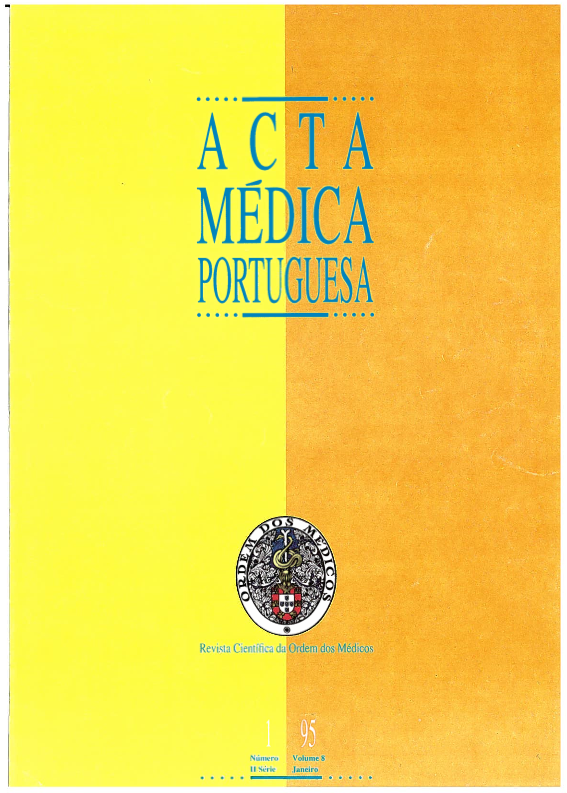Novos medicamentos antiepilépticos.
DOI:
https://doi.org/10.20344/amp.2654Resumo
Progress made in the development of new antiepileptics (AEs) is justified by the high percentage of refractory patients to the available medical therapy (25%), although only a minority of cases are deemed suitable for surgical therapy. Yet, the ideal AE, that is, with a well-known mechanism of action, effective in monotherapy for all epileptic fits, with a perfect pharmacokinetic profile, with no adverse or teratogenic effects, with no drug interactions and available under many formulations, is far from being developed. The new AEs arise either from modification of already marked drug molecules or clinical formulations or from the effectiveness on the excitatory/inhibitory balance of the major neurotransmitters involved in the pathogenesis of seizures, the gamma-amino-butyric acid (GABA) as the inhibitory, and the glutamate (GLU) as the excitatory one. However, the mechanism remains unknown in a few of them. Those new AEs already marketed in Portugal (Vigabatrin), soon to be (Lamotrigine, Oxcarbazepine) or available abroad only (Gabapentin, Zonisamide) are review with special emphasis on their pharmacokinetic profile, side effects, interaction with other AEs, and clinical use. In conclusion, these new drugs have brought a very important advancement in the management of refractory patients, but the development of well-designed comparative trials involving both monotherapy and polytherapy has become important in order to develop useful strategies in the drug management of epilepsy.Downloads
Downloads
Como Citar
Edição
Secção
Licença
Todos os artigos publicados na AMP são de acesso aberto e cumprem os requisitos das agências de financiamento ou instituições académicas. Relativamente à utilização por terceiros a AMP rege-se pelos termos da licença Creative Commons ‘Atribuição – Uso Não-Comercial – (CC-BY-NC)’.
É da responsabilidade do autor obter permissão para reproduzir figuras, tabelas, etc., de outras publicações. Após a aceitação de um artigo, os autores serão convidados a preencher uma “Declaração de Responsabilidade Autoral e Partilha de Direitos de Autor “(http://www.actamedicaportuguesa.com/info/AMP-NormasPublicacao.pdf) e a “Declaração de Potenciais Conflitos de Interesse” (http://www.icmje.org/conflicts-of-interest) do ICMJE. Será enviado um e-mail ao autor correspondente, confirmando a receção do manuscrito.
Após a publicação, os autores ficam autorizados a disponibilizar os seus artigos em repositórios das suas instituições de origem, desde que mencionem sempre onde foram publicados e de acordo com a licença Creative Commons









